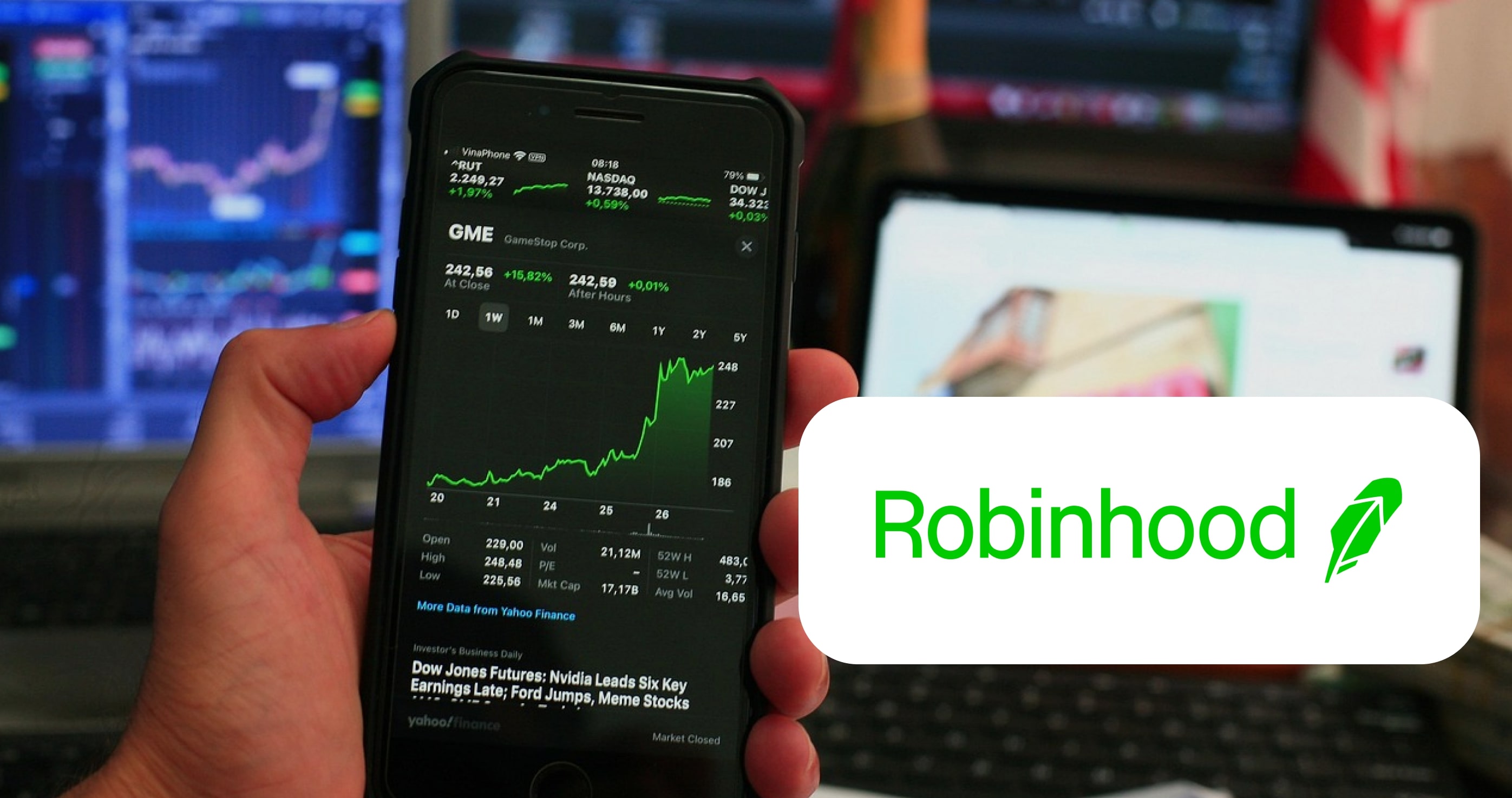Are There Risks in Robinhood's Record-Breaking Revenue?
Introduction
Robinhood Markets, Inc. (NASDAQ: HOOD) has just reported astonishing financial results for the fourth quarter and full year of 2024. This record-breaking performance raises an important question: are there inherent risks in this impressive surge of revenue? In Q4, Robinhood achieved total net revenues of $1.01 billion, reflecting a staggering 115% year-over-year growth. The company also reported net income skyrocketing over tenfold to $916 million, or a diluted EPS of $1.01. This article dives into the details of Robinhood's earnings release, assessing the company's market position, scrutinizing its financial performance, and evaluating potential risks associated with its record-breaking revenue.

Market Position and Competitive Advantages
Robinhood has positioned itself as a significant player in the fintech sector by democratizing trading and making it more accessible for millions. The company's commission-free model has not only attracted retail investors but has also led to rapid expansion into new product offerings, like cryptocurrencies and options trading. Its significant growth in 'Gold Subscribers'—up 86% to 2.6 million—indicates that users are keen on premium features that enhance their trading experience. Moreover, the launch of a new platform for active traders and plans for international expansion signal that Robinhood is leveraging its market dominance while gearing up for future growth.
Financial Performance Analysis
Analyzing Robinhood's recent earnings report reveals both exhilarating growth and potential areas of concern. The quarterly revenue hit $1.01 billion, a notable increase from $471 million in Q4 of the previous year. The primary drivers of this revenue surge were transaction-based revenues, which rose over 200%, bolstered mainly by a 700% increase in cryptocurrency revenues. However, such heavy reliance on cryptocurrency performance could pose risks, especially given the volatility in this sector.
While net income showcases phenomenal growth—up to $916 million from just $30 million in Q4 2023—it's important to note that this total includes a significant $369 million deferred tax benefit, which artificially inflates earnings. When examining operating income and expenditures, total operating expenses increased only 3% to $458 million, indicating that the company is managing its growth without excessive spending. However, adjusted operating expenses increased 14%, highlighting potential inefficiencies that could affect profit margins moving forward.
Looking year-over-year, total net revenues for the fiscal year climbed to $2.95 billion, a 58% increase from 2023, and net income turned around from a loss of $541 million to a record profit of $1.41 billion. This impressive turnaround raises flags, as such rapid improvements often come with increased scrutiny from regulators and investors alike. Operating expenditures decreased overall, but significant line items like marketing expenses more than doubled, suggesting aggressive customer acquisition strategies may be necessary to maintain growth momentum.
Growth Areas and Future Strategies
Management expressed optimism regarding future growth, particularly through the expansion of their cryptocurrency offerings and entry into international markets, with plans to establish a local headquarters in Singapore. The anticipated acquisition of cryptocurrency exchange Bitstamp is also projected to enhance Robinhood’s market share in the crypto sector. However, as the company aims to expand, continuous growth will require a sustained influx of new users and assets under management to counterbalance potential revenue declines from trading activities due to market downturns.
On the stock performance front, Robinhood’s share price has been fairly stable, recorded at $55.91 during this article's writing period. This represents a 14% increase over the last ten days, although it remains above the analyst target of $50.88, which may suggest an overvaluation in the short term given the bearish sentiment around tech stocks. The high PE ratio of 96.31 indicates that investors may be paying a premium for future growth that is not yet guaranteed.
Conclusion
In answer to the question "Are there risks in Robinhood's record-breaking revenue?", the answer appears to be a resounding yes. While Robinhood’s impressive financial results demonstrate strong growth potential and keen expansion strategies, there remain significant risks associated with volatility in its revenue sources and potential regulatory scrutiny. Investors should monitor the company's customer acquisition strategies, ongoing market conditions particularly in cryptocurrencies, and management's ability to maintain growth momentum while managing operating expenses prudently. The next quarterly earnings release will be critical for providing insights into whether Robinhood can sustain its rapid growth trajectory or if external factors will hinder its performance.
By WallstreetCrunch - Feb 24, 2025 at 8:04AM
